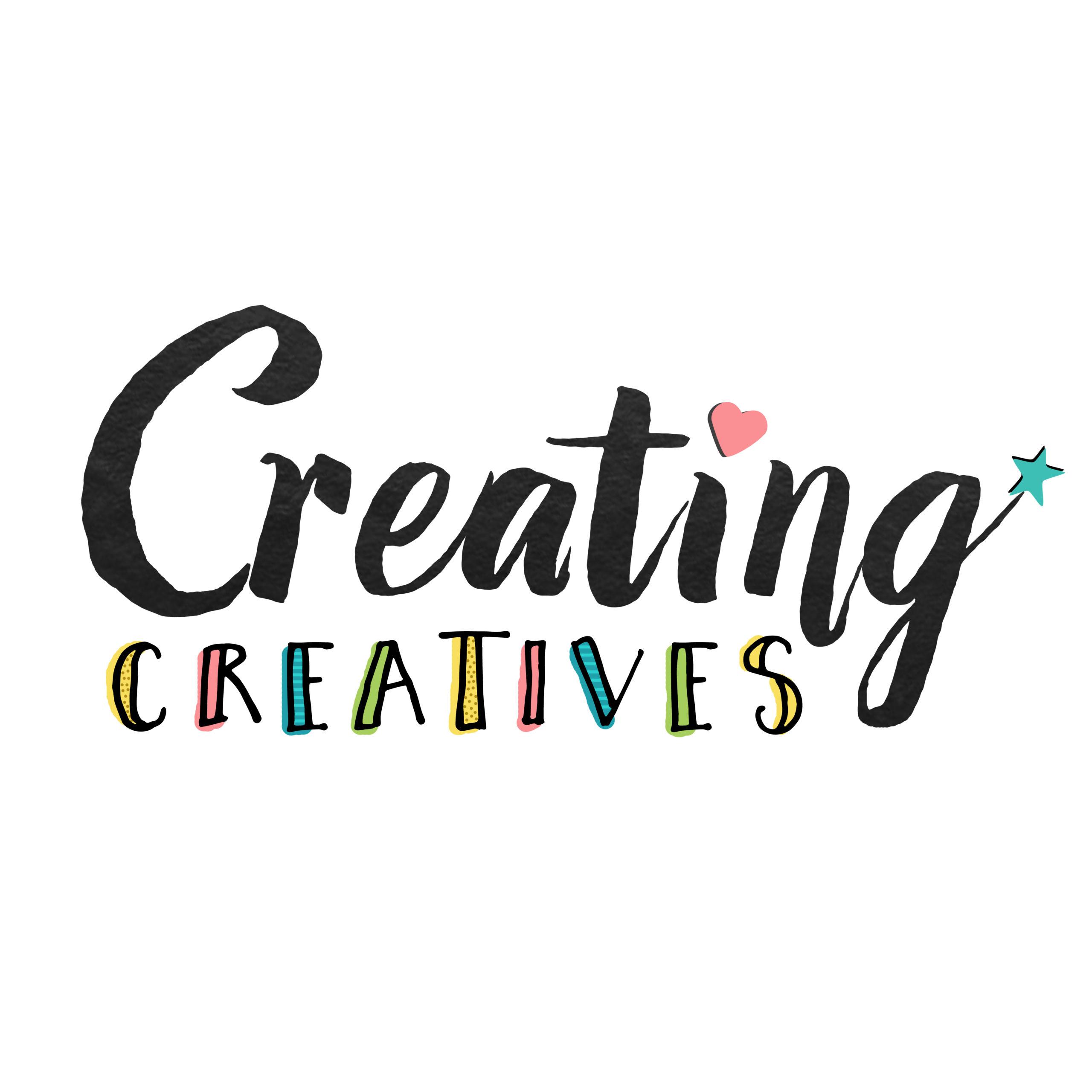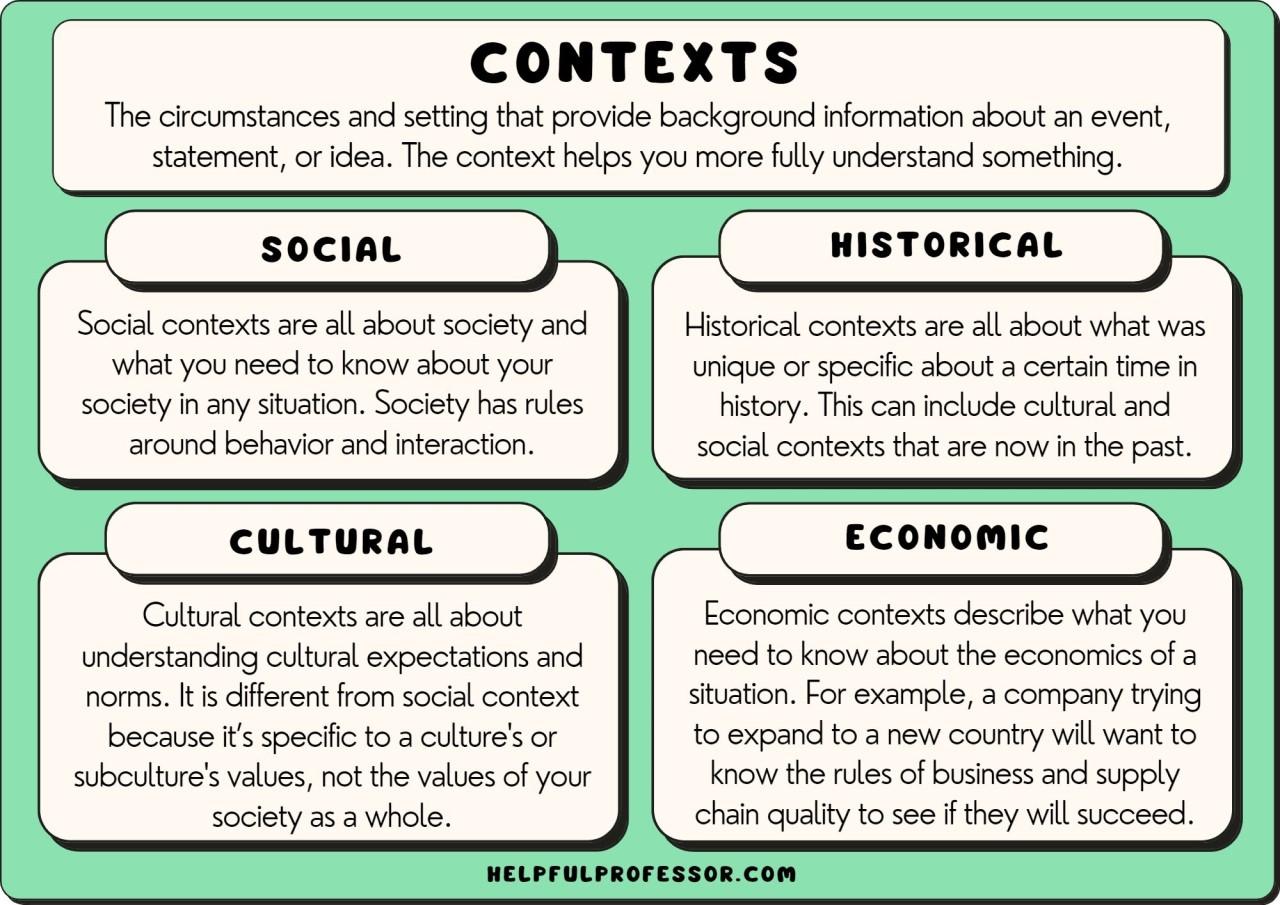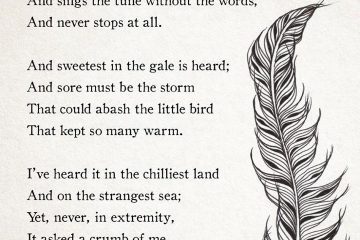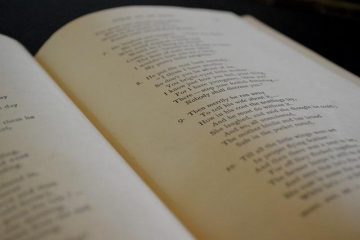Table of Contents
- Understanding Poetry Vocabulary: Essential Terms for Effective Analysis
- Creating Your Own Poetry Vocabulary Worksheet: A Step-by-Step Guide
- Engaging Activities to Enhance Poetry Vocabulary Retention
- The Importance of Context: How to Use Poetry Vocabulary in Literary Analysis
- Tips for Educators: Maximizing the Impact of Poetry Vocabulary Worksheets
- Q&A
- Future Outlook


Understanding Poetry Vocabulary: Essential Terms for Effective Analysis
Poetry is a unique form of expression that relies heavily on specific terminology to convey deeper meanings and emotions. Familiarizing yourself with essential terms can significantly enhance your analysis skills. Understanding figurative language is crucial, as it encompasses techniques like simile, metaphor, and personification, which poets use to create vivid imagery and evoke emotional responses. Recognizing how these techniques function within a poem allows you to appreciate the layers of meaning behind the text.
Another important aspect of poetry analysis is meter and rhyme. Meter refers to the rhythmic structure of a poem, determined by the arrangement of stressed and unstressed syllables. Common metrical patterns include iambic pentameter and trochaic tetrameter, each lending a distinct musicality to the work. Meanwhile, rhyme schemes—such as ABAB or AABB—serve to tie lines together and create a musical rhythm that can enhance the overall impact of the poem. By analyzing these elements, readers can gain insight into the poet’s intentions and the emotional undertones of their work.
When examining a poem, it’s also crucial to consider its theme and tone. The theme represents the central idea or message, while the tone reflects the poet’s attitude towards the subject matter. Exploring these elements helps to interpret the poem accurately, revealing how the poet connects with the reader. Below is a simple table that outlines some example terms and their definitions to further aid your understanding:
| Term | Definition |
|---|---|
| Imagery | The use of descriptive language to create vivid pictures in the reader’s mind. |
| Symbolism | Using symbols to signify ideas and qualities beyond their literal sense. |
| Alliteration | The repetition of consonant sounds at the beginning of words in a line. |


Creating Your Own Poetry Vocabulary Worksheet: A Step-by-Step Guide
To start crafting your personalized poetry vocabulary worksheet, you’ll first want to gather a list of relevant words. These words can be drawn from classic and contemporary poems, renowned poets, or even your own writing. Consider the themes and emotions often conveyed in poetry, as these will help enrich your vocabulary selection. Aim for a blend of common and less familiar terms, ensuring you keep a balance between accessibility and challenge.
Next, organize your words into categories to create a structured approach. Think about grouping words based on their parts of speech, or by literary techniques they are associated with, such as imagery, metaphor, or alliteration. This not only aids in comprehension but also enhances the learner’s ability to see connections between words. Here’s a simple example of how you might format your categories in a table:
| Category | Words |
|---|---|
| Imagery | vivid, picturesque, sensory |
| Emotion | melancholy, joy, nostalgia |
| Technique | metaphor, simile, alliteration |
incorporate activities that will encourage the practical use of the vocabulary you have selected. You might include fill-in-the-blank exercises, matching terms with their definitions, or even creative prompts that ask learners to create their own lines of poetry using the new vocabulary. The goal is to make the worksheet not only educational but also engaging and conducive to creativity. Here are some activity ideas:
- Create a poem using at least five words from your worksheet.
- Match the vocabulary words with their definitions.
- Identify examples of these words in your favorite poems.
Engaging Activities to Enhance Poetry Vocabulary Retention
Exploring poetry vocabulary can be an exciting journey filled with vivid imagery and emotional depth. To make this process engaging, incorporating a variety of interactive activities can significantly bolster vocabulary retention. For instance, consider using word maps. These visual organizers allow students to connect new terms with definitions, synonyms, and personal examples. Students can choose a specific term, and then create a visual representation on paper or digitally, fostering a deeper understanding of the word’s usage and meaning.
Another effective approach is the use of poetry games. Utilizing fun, competitive elements encourages participation and reinforces learning. Games such as “Poet’s Bingo” or “Vocabulary Charades” not only stimulate memory but also promote teamwork. In these activities, students can match vocabulary words with their definitions or act out words through gestures, making the learning process more dynamic and enjoyable.
Incorporating thematic poetry writing assignments also enhances vocabulary retention seamlessly. By guiding students to write poems based on specific themes—like nature, love, or social issues—they can actively engage with the new vocabulary in context. Prompting them with starter phrases or lists of vocabulary words encourages creative expression while ensuring they practice using their newly acquired terms. Here’s a simple table of potential themes and corresponding vocabulary to ignite inspiration:
| Theme | Vocabulary |
|---|---|
| Nature | Serene, Lush, Whispering |
| Love | Passionate, Yearning, Affection |
| Social Issues | Empower, Advocate, Unity |


The Importance of Context: How to Use Poetry Vocabulary in Literary Analysis
Understanding the intricacies of poetry vocabulary is essential for delving into literary analysis. By grasping the meaning behind specific terms and expressions, readers can unlock the layers of meaning embedded within a poem. These vocabulary words not only help in articulating thoughts more clearly but also enhance the analytical discussion, allowing for a deeper appreciation of the poet’s craft. Important terms such as imagery, metaphor, and meter create an invaluable framework for dissecting a poem’s emotional and intellectual resonance.
Incorporating this specialized vocabulary in discussions helps bridge personal interpretation with broader literary traditions. For instance, recognizing the tone of a poem—whether it’s melancholy, joyous, or ironic—can offer insights into the poet’s emotional state and intentions. Additionally, terms like enjambment, alliteration, and symbolism are key tools for analyzing the structure and sound patterns that contribute to the overall efficacy and artistry of the work. Engaging with these elements in a systematic way enables one to form richer, more nuanced arguments when discussing poetry.
Here’s a concise reference table illustrating vital poetry vocabulary and their implications in analysis:
| Term | Definition | Importance in Analysis |
|---|---|---|
| Imagery | Vivid and descriptive language that appeals to the senses | Enhances emotional impact and visual storytelling |
| Metaphor | A figure of speech that implies a comparison between two unlike things | Encourages deeper understanding of themes and concepts |
| Alliteration | Repetition of initial consonant sounds in closely placed words | Creates rhythm and musicality, enhancing the poem’s auditory appeal |
Mastering these terms not only equips readers with a robust toolkit for literary analysis but also fosters a more engaging discussion of poetry. By weaving together context, vocabulary, and personal insight, one can truly appreciate the richness of poetic works and articulate interpretations with confidence.


Tips for Educators: Maximizing the Impact of Poetry Vocabulary Worksheets
To enhance student engagement with poetry vocabulary worksheets, consider implementing interactive activities that bring the content to life. Incorporating technology can stimulate interest; for example, utilizing digital tools like interactive quizzes or virtual word games allows students to explore vocabulary creatively. Encourage students to create multimedia presentations that include poetry readings using the targeted vocabulary to support their learning. This integration of various formats caters to different learning styles, ensuring that all students can connect with the material.
Building a collaborative environment within the classroom can also amplify the impact of your worksheets. Encourage students to work in pairs or small groups to discuss vocabulary words, their meanings, and how they can fit into various poetic structures. This peer communication helps reinforce their understanding and retention of the vocabulary. Consider incorporating peer review sessions where students can share their poems using the vocabulary learned and receive constructive feedback from classmates. Engaging in such collaborative activities fosters a sense of community and encourages students to take pride in their work.
| Activity | Description | Benefit |
|---|---|---|
| Interactive Quizzes | Online quizzes focusing on vocabulary definitions and usage. | Enhances retention through immediate feedback. |
| Group Activities | Students collaborate to create and share poems. | Fosters teamwork and builds confidence. |
| Peer Review | Students critique each other’s poems in small groups. | Encourages constructive feedback and encourages revision. |
Q&A
Q&A: Poetry Vocabulary Worksheet
Q1: What is a poetry vocabulary worksheet? A: A poetry vocabulary worksheet is an educational tool designed to enhance students’ understanding of poetic terms and concepts. It typically includes exercises that help learners identify, define, and use specific vocabulary related to poetry, such as metaphor, simile, alliteration, and meter.Q2: Who can benefit from using a poetry vocabulary worksheet? A: Anyone can benefit! Whether you are a teacher looking to enrich your lesson plans, a student aiming to improve your writing skills, or a poetry enthusiast wanting to deepen your appreciation of the art form, a poetry vocabulary worksheet serves as a valuable resource for expanding your vocabulary and knowledge of poetry.
Q3: How can I effectively use a poetry vocabulary worksheet? A: Start by reading through the vocabulary terms provided. Take time to explore definitions and examples. Engage in exercises that involve matching, fill-in-the-blank, or sentence creation using the terms. Discuss with peers or write your own poems incorporating new vocabulary to reinforce learning.
Q4: What are some key terms typically included in a poetry vocabulary worksheet? A: Common terms often found in poetry vocabulary worksheets include metaphor, simile, rhyme, stanza, imagery, theme, meter, and personification. Each term is usually accompanied by a definition and examples to clarify its usage in poetic contexts.
Q5: Can these worksheets be used at home? A: Absolutely! Poetry vocabulary worksheets are perfect for self-study. Kids and adults alike can use them to enhance their poetry reading and writing skills while enjoying the creative aspect of language. They can also serve as a fun activity for parents and children to explore poetry together.
Q6: Where can I find poetry vocabulary worksheets? A: Poetry vocabulary worksheets can be found online through educational websites, teacher resource platforms, and even free printables. Consider searching for specific topics, or you might find websites dedicated to literary education offering comprehensive worksheets for various levels.
Q7: How can a poetry vocabulary worksheet enhance my writing? A: By using a poetry vocabulary worksheet, you can develop a richer and more nuanced vocabulary, which enhances your ability to express emotions and ideas in your writing. Understanding poetic terms allows you to experiment with different styles and techniques, leading to more impactful and creative compositions.
Q8: Are there any specific strategies for teaching poetry vocabulary effectively? A: Yes! Incorporating multimedia resources, such as listening to spoken word poetry or analyzing famous poems, can make learning more engaging. Group discussions, creative writing prompts, and interactive hands-on activities can also reinforce vocabulary retention and inspire creativity in poetic expression.
This Q&A format is designed to answer common questions about poetry vocabulary worksheets while providing useful insights for both educators and learners. Whether you’re looking to teach, learn, or simply explore the beauty of poetry, these worksheets can be a guiding light on your literary journey.




0 Comments